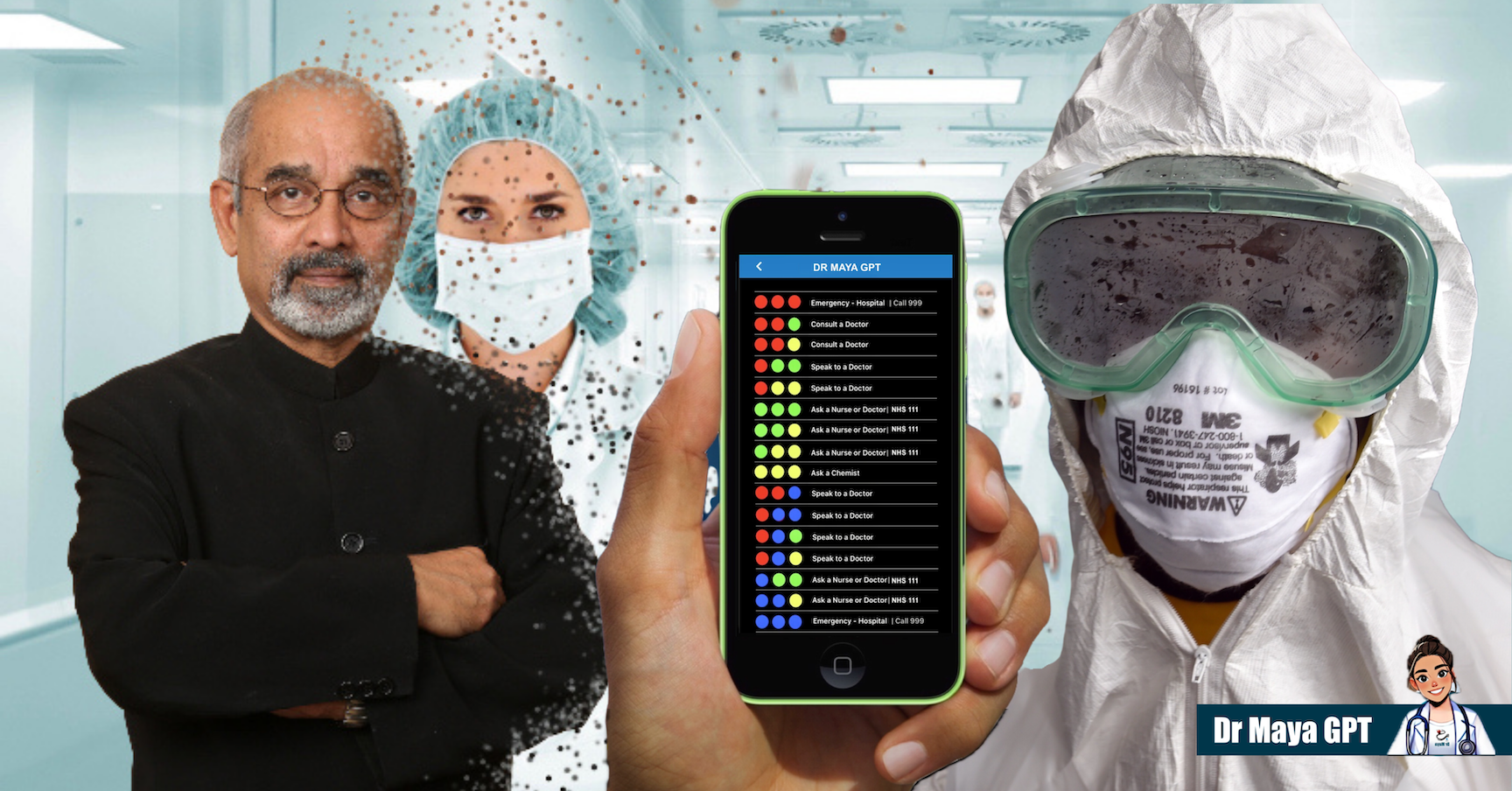Unlocking Diagnostic Precision with Colour-Coded Symptom Subclasses
In the ever-evolving field of medicine, diagnostic accuracy remains paramount. One of the most innovative approaches to improving diagnosis involves colour-coding subclasses of symptoms and signs. This method not only enhances clarity but also equips healthcare providers with a systematic way to analyze clinical presentations.
Streamlining diagnostics and making information more accessible shifts the focus from traditional doctor-centred care to a more patient-empowered approach. By identifying combinations of these subclasses, doctors can significantly narrow down probabilities and ensure the most appropriate treatments are prescribed. Let’s explore how this works.
The Science Behind Symptom Subclasses:
Every symptom or clinical sign can be subdivided into more specific categories or subclasses based on its characteristics, severity, duration, and association with other symptoms.
1. Cough can be sub-classified into:
- Dry cough (blue),
- Productive cough (green)
- Haemoptysis or blood-streaked cough (red).
2: Gastrointestinal Issues:
- Abdominal pain (red)
- Diarrhoea (yellow)
- Vomiting (red)
The combination suggests a possible gastro-enteritis issue such as food positioning or bacterial infection. The subclass advice consultation to help doctor to examine abdomen to rule out appendicitis, request US Scan of abdomen, blood tests, and stool culture to identify the bacteria, and prescribe drugs if necessary.
3. Fever might be sub-classified into:
- Low-grade fever (yellow)
- Very High-grade fever (blue)
- Feeling Hot and Cold (red)
- Mild Fever (red)
Assigning distinct colours to these subclasses provides an immediate visual cue, helping you quickly differentiate between possible causes was changed. High and Very high fever was coloured -yellow during pre-Covid era, and was changed to blue to help you differentiate this from Mild fever suggestive of bacterial infections that is designated as red.
Consider a patient presenting with the following:
Combining Subclasses for Diagnostic Precision for individual symptom subclasses are informative, their true power lies in their combinations. Many medical conditions present as a unique cluster of symptoms. By analysing patterns formed by two or three subclasses, you can drastically reduce diagnostic uncertainty.
Example 1: Respiratory Disorders
- Dry cough (blue)
- High-grade fever (red)
- Shortness of breath (red)
This combination might point toward a viral pneumonia or a severe acute respiratory syndrome. The color-coded system helps you immediately group symptoms into a likely COVID-19, influenza, respiratory syncytial virus (RSV), and other common respiratory viruses, including human meta-pneumo-virus (HMPV), as well as mycoplasma pneumoniae diagnosis and advice "Isolation", and then consider further specific tests or treatments.
Example 2: Gastrointestinal IssuesA patient with:
- Abdominal pain (red)
- Low-grade fever (red)
- Jaundice (red)
The combination suggests a possible hepatobiliary issue such as cholangitis or liver abscess. The subclass interplay guides clinicians to focus on imaging and liver function tests rather than unrelated diagnostics.
Reducing Diagnostic Probabilities
Medicine is as much about ruling out conditions as it is about identifying them. The color-coded system aids this process by:
- Eliminating unlikely causes: When certain symptom subclasses are absent, entire categories of conditions can be ruled out. For instance, in the past the high-grade fever (yellow) was considered as viral infections, but now as this symptom is associated with COVID-19 the colour was changed to (red) to help you isolate. Feeling Hot and Cold is marked (red) to motivate you to speak to a doctor, as it is likely to be bacterial pneumonia.
- Prioritizing likely conditions: By highlighting symptom combinations that are pathognomonic (specific to a disease), doctors can prioritize a smaller set of differential diagnoses.
- Streamlining testing and treatment: With clearer diagnostic probabilities, doctors can avoid unnecessary tests and focus on targeted interventions, saving time and resources.
Enhancing Treatment Outcomes
Accurate diagnosis is the cornerstone of effective treatment. The color-coded subclass system ensures:
- Early intervention: With quicker diagnostic clarity, treatments can be initiated earlier, improving patient outcomes.
- Fewer errors: By reducing cognitive overload and providing a structured approach, the system minimizes diagnostic errors.
- Personalized care: Subclass combinations often indicate severity, allowing for tailored treatment plans based on the patient’s specific presentation.
The Future of Diagnostic Medicine
In the ever-evolving field of medicine, diagnostic accuracy remains paramount. One of the most innovative approaches to improving diagnosis involves color-coding subclasses of symptoms and signs. This method not only enhances clarity but also equips healthcare providers with a systematic way to analyse clinical presentations. By identifying combinations of these subclasses, doctors can significantly narrow down probabilities and ensure the most appropriate treatments are prescribed. Let’s explore how this works.
Integrating colour-coded subclasses with advanced tools like AI and decision-support systems can further revolutionize diagnostics by uniquely leveraging structured symptom combinations to create a patient-centered healthcare model. Dr. Maya GPT exemplifies this approach, offering real-time insights that empower patients while providing clinicians with precise, actionable data for better decision-making. Platforms like Dr Maya GPT can leverage these structured symptom combinations to offer real-time insights, bridging gaps between initial assessments and final diagnoses.
The medical community can take a significant step toward more accurate, efficient, and patient-centred care by employing a systematic, colour-coded approach to symptom subclasses. This innovation empowers healthcare providers and ensures that every patient’s journey to recovery begins with a confident and precise diagnosis.

